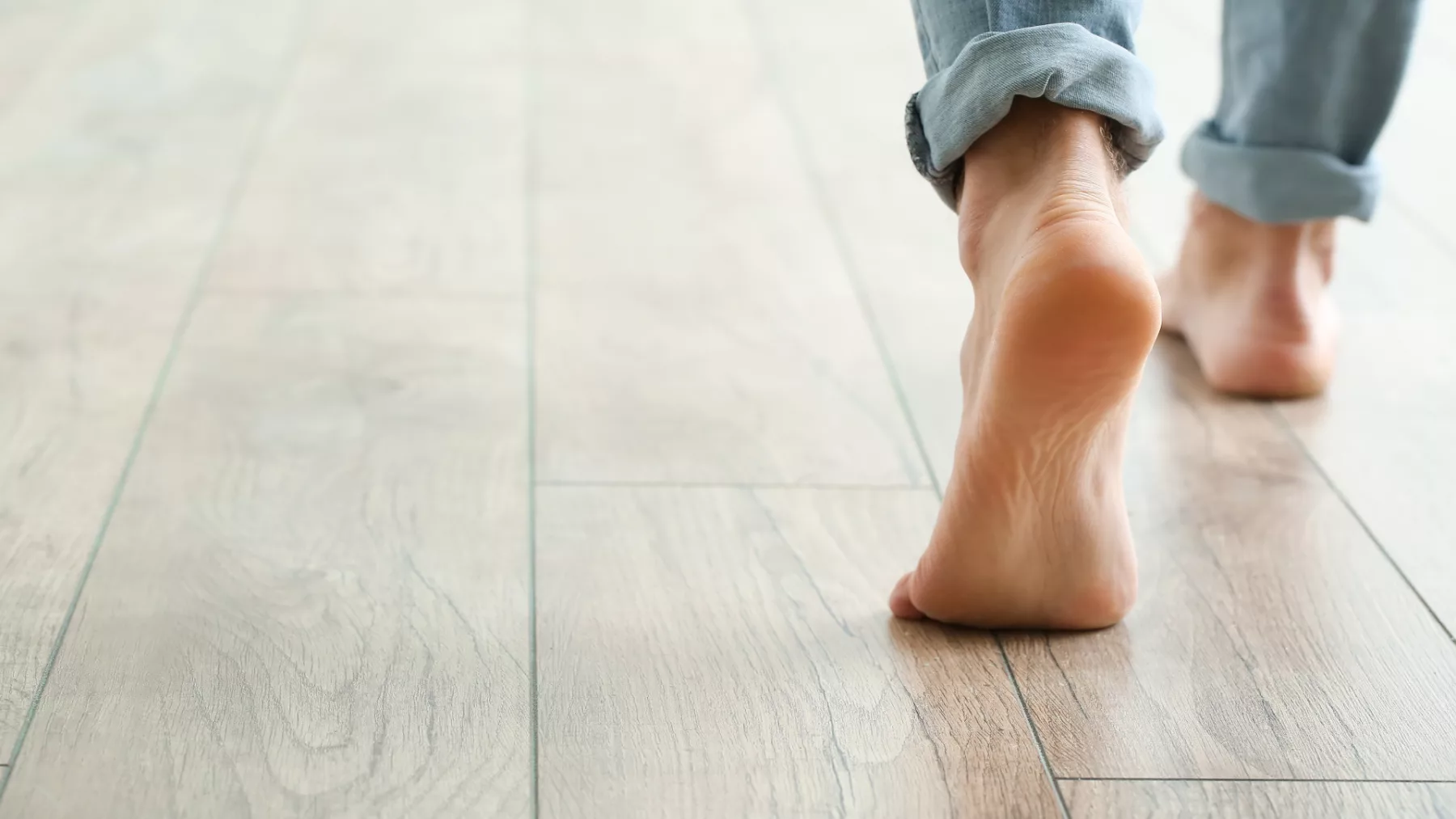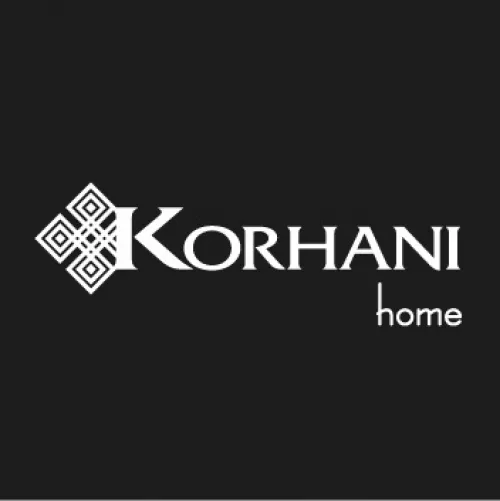Meet Microban’s flooring expert, Eric Blaeser

Eric Blaeser is the Senior Director, Business Development, overseeing all business activity for Microban in the Americas territories. He has worked the last 35 years in both a commercial and engineering capacity in industries such as packaging, commodity chemicals and carpet fiber production (post-consumer and virgin) with category-leading organizations including Celanese, Fiber Industries and Wellman.
Eric earned his Bachelor’s in Chemical Engineering from Georgia Tech and his MBA from Queens College and he holds two well-regarded US patents. His dual expertise in technology and business provides the perfect background for his work with Microban and their 800+ partners worldwide. Eric’s current responsibilities include serving as Microban’s Commercial Lead for the Flooring Industry and, as such, works with some of the most notable category leaders in the flooring industry and has a direct line of sight on evolving trends and market movements.
Q. What key trends influence the flooring industry, particularly in products with antimicrobial properties?
A. The flooring world is constantly evolving in terms of aesthetics and practicality. One of the most notable improvements is in the installation process of LVT and laminate flooring, which has become easier thanks to better connecting edges. Additionally, higher-definition printing and changes in lot size have resulted in more realistic and less repetitive patterns, contributing to the overall appeal of the finished product.
The proportion of carpet sales in comparison to hard surface products has decreased in recent years. Carpet is still popular in private areas of the home, such as bedrooms and specialty rooms, but is not commonly used in wet areas like kitchens, bathrooms, and foyers. Many users appreciate the warmth, comfort, low cost, and noise-reducing properties of carpet. Innovations such as "no dye lots", improved PET fiber durability, and antimicrobial technology that prevents unwanted odors have helped to stabilize the market and provide users with a value proposition that exceeds traditional carpet offerings.
Q. Are there specific markets or flooring types where the demand for antimicrobial properties is noticeably increasing?
A. The demand for antimicrobial flooring is increasing in high-traffic environments like fitness and sports facilities, where many people come in contact with equipment and surfaces. In gyms, sweating is common, and it creates moisture on floors, which can become a breeding ground for bacteria and unpleasant odors. Antimicrobial flooring helps to maintain a cleaner and fresher environment by preventing the growth of odor-causing bacteria and fungi.
Q. What factors are driving these trends?
A. The COVID-19 pandemic has provided the world with a crash course on microbiology. Although most of us never took a class on this subject, we have all earned real-time credits in the last few years and now have a better understanding of what is antimicrobial and what is antiviral. As a result, decision-makers are becoming more aware of microorganisms such as mold, mildew, and bacteria. They are also showing more appreciation for flooring products that come with built-in protection from trusted sources like Microban.
Another contributing factor is the amount of pre-purchase product research buyers are making on the web and through social media. Consumers want to have more than one reason to pursue the coveted home remodeling project. Replacement products, including flooring, that offer newer, never-before features such as antimicrobial protection can help accelerate the decision to finally pursue an upgrade. As previously mentioned, multiple options for flooring type now exist all with the benefit of antimicrobial surface protection.
Q. How have consumer attitudes towards antimicrobial properties in flooring products evolved over recent years, and how does this impact product development?
A. In recent years, there has been a notable shift in consumer attitudes towards antimicrobial properties in flooring products. According to the 2023 Global Brand Equity Research, 81% of consumers have shown strong interest in flooring options equipped with built-in antimicrobial or odor control technology.
This growing consumer demand signifies a clear evolution in flooring preferences, with consumers now actively seeking out this particular product feature. This trend is fueled by positive experiences and awareness of other Microban-treated products, which have increased appreciation for the benefits offered by antimicrobial flooring.
As a result, major flooring manufacturers catering to both residential and commercial markets are experiencing tangible benefits. By incorporating antimicrobial properties into their product portfolio, they are not only meeting consumer expectations but also enjoying increased market share and differentiation.
Q. In what ways do Microban technologies contribute to enhancing the sustainability of flooring?
A. Microban technologies play a pivotal role in enhancing the sustainability of flooring through several avenues:
Extended product lifespan: By incorporating antimicrobial additives into flooring materials, the growth of bacteria, mold, and mildew can be inhibited from the surface. This helps prevent stains, odors, and deterioration caused by microbial activity, thus extending the flooring’s lifespan.
Reduced environmental waste: Antimicrobial flooring is more resistant to stains and odors caused by bacteria build-up. As a result, the need for repairs and replacement is reduced. This prolonged lifespan bolsters sustainability efforts, curtails waste generation, and alleviates the burden on landfills.
Reduced requirement for harsh cleaning chemicals: Flooring treated with Microban may require less maintenance. This not only saves time and resources but also reduces the use of harsh cleaning chemicals, water, and energy. Fewer cleaning products mean fewer chemicals released into the environment, contributing to sustainability efforts.
Q. What are the primary flooring applications commonly treated with Microban antimicrobial additives?
A. Luxury Vinyl Tile (LVT), laminate, and carpeting are the primary flooring applications commonly treated with Microban. These surfaces are easily treated with various custom formulations at the time of manufacturing, ensuring that the best possible chemistry is incorporated into the product correctly. This approach avoids the need for field treatments, which can be subject to variability and lack durability.
Additionally, in the U.S. ceramic tile market, Dal-Tile, American Olean, and Marazzi USA offer ceramic tiles. With the merger of these entities, the combined entity now controls nearly one-third of the U.S. market sold through multiple channels: Tile Distribution Centers, Big Box retailers, and company-owned stores. Microban technology is widely available in ceramic tiles offered by these brands. It is baked into the final glaze at extremely high temperatures, ensuring 24/7/365 product protection against degrading microbes for the life of the tile.
Q. What about the Commercial Market, what value does flooring treated with Microban bring here?
A. Flooring treated with Microban brings significant value to the commercial market, which includes non-residential structures such as retail stores, offices, schools, hotels, and similar establishments. This market is further divided into “Main Street” and “Contract Commercial” sectors based on building size. In the Contract Commercial sector, serviced by commercial flooring contractors with architects and designers specifying the product, Microban-treated flooring provides a competitive edge by offering built-in permanent surface protection and longer-lasting cleanliness, saving maintenance and upkeep.
Q. Looking ahead, what do you foresee as the emerging challenges or opportunities in the flooring industry regarding antimicrobial solutions, and how is Microban positioned to support manufacturers in addressing these dynamics effectively?
A. Change is inevitable, and the most successful businesses will embrace market-evolving preferences. Decision-makers who want meaningful product value value multi-featured products more. The addition of built-in Microban antimicrobial protection to many of today’s popular flooring products is a can’t-miss opportunity for manufacturers looking to improve their share of the market with no real change in added costs. Microban can help manufacturers meet government and consumer demands for improved product sustainability by extending product life cycles and utilizing greener technologies.











